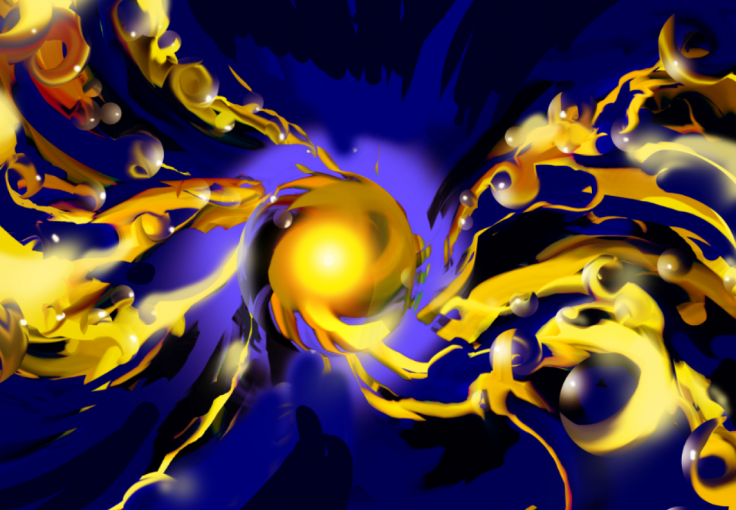World's smallest and most powerful engine created by scientists in breakthrough for nanobots

The world's smallest engine has been created in a lab at Cambridge University. It is fuelled by lasers and gold and is so tiny it could power the nanobots scientists hope to inject into our bodies in future to keep us healthy.
The engine, which is powered by laser light, is aptly named the ANT (standing for actuating nano-transducer) and takes cues from its insect counterpart in the sense that it is small and mighty. The microscopic ANT engine, which cannot be seen by the human eye, is believed to be up to a hundred times more powerful than any other engine known to man if you take its force to weight ratio into account.
"We can get 10 nano-Newton forces, about ten to a hundred times more force per unit weight than any known other machine, from jet engines to molecular motors," Professor Jeremy Baumberg, University of Cambridge, told the Washington Post.
How does the ANT engine work?
This 'engine' is actually a relatively simple piece of engineering. It is made up of gold ball nanoparticles – a thousandth the width of a human hair – lodged into a water-based polymer gel. This polymer is then heated up by a laser, causing water to expel. This makes all the gold balls clump together through a process called the Van der Waals attraction. Then, when the gel cools down, it again soaks up water resulting in an expansion where the gold particles break apart in an explosive, spring-like manner that gives the engine its powerful thrust.
"It's like an explosion," said Tao Ding, a researcher at the laboratory. "We have hundreds of gold balls flying apart in a millionth of a second when water molecules inflate the polymers around them."
The nature of the mechanism is described as being like a 'nano spring' and could be seen as a solution to powering the nanobots futurists and science fiction fans have dreamt of riddling our bodies as they deliver medicine, fight disease or patch us up cell-by-cell on an atomic scale. However, scientists have failed to find a way to efficiently fuel them or find enough power to push the cell-sized bots through bloodstreams.
"So far there has been no way of making them move through liquids — which is like swimming through treacle on the nanoscale because the molecular forces are so strong," the team was quoted as saying.
At the moment the engine is still in its prototype stage with Cambridge University research team, looking for ways to refine the direction of propulsion, which could one day lead to nanobots being used in medicine or manufacturing.
© Copyright IBTimes 2025. All rights reserved.






















